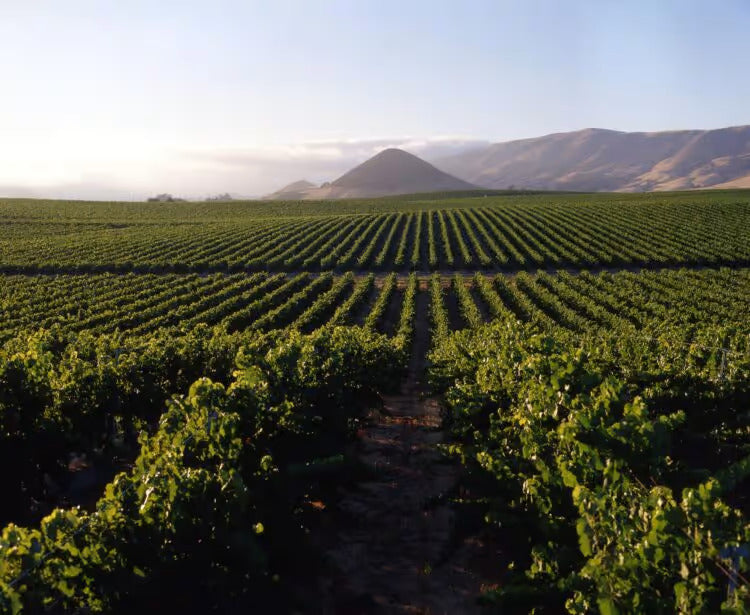
Sustainable Vineyards: Beneficial What… Wasps!
What’s black and yellow, stings and transports yeast around the vineyard?
A wasp. Sustainable, natural and part of our fragile ecosystem, but also an important part of pest management in vineyards.
What do they do?
- Mission A: Transporter; an effective, mobile and fast courier service for yeast. The wasp distributes valuable yeast populations around the vines, even over-wintering the strains in the digestive tracts of future generations.
- Mission B: Seek and destroy the eggs of moths: Tiny wasps (Trichogramma) lay their eggs amidst those of predators such as the light brown apple moth. Their larvae gorge on the future generations of these pests and significantly reduce their numbers over the growing season.

Proof? INRA proved wasps ‘win out’ in 2012. It’s all in the intestinal flora apparently. Populations of our friend SC (Saccharomyces Cerevisiae for those who didn’t read our earlier blog) were found in the intestinal flora of a sample of vineyard wasps. The same is true of birds, but the life span of yeasts in the digestive tracts of birds is very short and not effective enough to maintain the yeast in the ecosystem.
From intestine to fermentation? Yeast don’t simply flutter on the wind (proven by the reduced yeast populations shown in a vineyard netted against insects), they travel using mediums, a wasp is their ‘Tardis’. Feeding of regurgitated food from Queens to larvae ensures over-winter distribution of these yeasts and effective scatter dispersal through the new generation. How did INRA discover this? Through fluorescent protein! Green fluorescent protein, that acted as a visible tracking device for yeast strains in the hive. One can only hope that the idea originated from a maverick scientist with a penchant for late night raving.
Pest egg puree? The wasp larvae eat the eggs of the leaf-hopper and sharpshooter; feared transporters of viral diseases, thanks to their constant thirst for the fluid of the Xylem. The larvae’s taste extends to the eggs of the many varieties of moths whose caterpillar precursors munch their way through clusters of grapes or roll themselves up in leaves reducing the photosynthetic efficiency of the vine.
In Dog Point’s Vineyards in Marlborough, New Zealand they grow buckwheat flowers every 10 rows as a habitat for predator wasps. A natural and effective weapon against the destructive leaf roll caterpillars.

Is this what they call IPM? Integrated Pest Management is the catch all phrase for this directional ‘insect on insect’ battle-ground set up by vineyard owners globally. Wasps are just a small part of it. But if having a few wasps flying round saves on spraying some caustic chemicals into the air, it’s to be encouraged.
IPM is just part of Sustainable viticulture, defined by UC Davis as being based on:
‘the principle that we must meet the needs of the present without compromising the ability of future generations to meet their own needs. ‘
A thought provoking and increasing concern of our generation in this fragile ecosystem on which we live.

Leave a comment